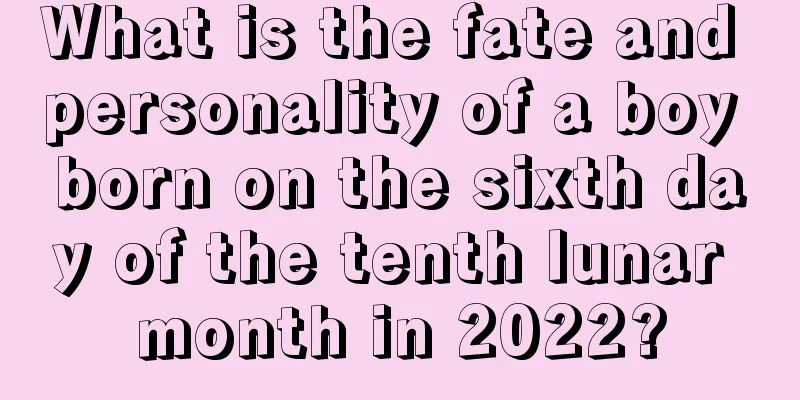What are the commonly used methods of determining direction and orientation using a Feng Shui compass?

Introduction: The Chinese compass has evolved from simple to complex, and Chinese Feng Shui has also developed from a simple scientific Feng Shui technique that relies solely on the use of energy to an extremely complex metaphysical and numerological Feng Shui technique. So what are the commonly used methods of determining direction and orientation using the Feng Shui compass? Let’s follow the editor to learn more about it below! Want to know more articles and content related to the compass? Welcome to the compass special topic that Mr. Shui Mo has carefully prepared for you to learn more knowledge. Come and have a look! Orientation in Feng Shui is also called "Li Xiang". Li Xiang is the characterization of a building and is the first step in Feng Shui work. For a Feng Shui master, only after the direction is determined can he set up the layout and carry out a series of subsequent calculations and internal designs. No matter how much effort you put into studying interior feng shui, and how you place the refrigerator, television, and crystal chandelier, if the orientation is wrong, everything will fail. The compass is a common method of orientation in residential Feng Shui. In ancient times, the most common method was to determine the direction based on the door. Most of the ancient residences and buildings were only one or two stories high. Usually the main gate faced the street, open space, pond or other terrain, and the entire building was centered on the gate. In this case, the orientation should be based on the gate. |
<<: What day is March 20th in the lunar calendar 2017? Are there any taboos?
>>: What’s going on with the abnormal Feng Shui compass pointer?
Recommend
Is it not advisable to move house one day after Laba Festival in 2020? Proverbs about Laba Festival
Introduction: It is also necessary to choose an au...
Is August 27, 2018 a suitable date for opening a new store?
According to the Chinese lunar calendar, August i...
Is it a good idea to set up the bed for Mother’s Day on April 18th of the lunar calendar in 2020? What is Mother’s Day?
Introduction: Choosing an auspicious day for setti...
Is April 17th of the lunar calendar 2020 an auspicious day? Is it good to sign the contract?
The choice of time to sign the contract is also ve...
Is the seventh day of the second lunar month in 2022 suitable for moving? Is it an auspicious day?
There is a Flower Festival in the second month of ...
Is it a good idea to move on December 24th of the twelfth lunar month in 2017?
The twelfth month of the lunar calendar is approa...
What should we eat for lunch on New Year’s Eve in 2019? What is the meaning of eating fish on New Year’s Eve?
Introduction: New Year’s Eve is an important tradi...
Is it appropriate to have incense during the Spring Equinox in 2020 (February 27)? Is Qingming the next solar term after the Spring Equinox?
Introduction: According to traditional customs and...
Is the second day of the eleventh lunar month in 2021 suitable for picking up a car? What should I pay attention to when picking up the car?
There are certain rules and considerations for cho...
Is it possible to get engaged on October 21st of the lunar calendar in 2021? What are the taboos?
Speaking of engagement, I believe everyone is fami...
How should people with different body constitutions maintain their health during the Jingzhe solar term?
The health care during the Jingzhe solar term shou...
Is the ninth day of the tenth lunar month in 2021 a good day to set up the bed?
The tenth month of the lunar calendar is approachi...
Can I move house on the ninth day of the second lunar month in 2018?
If you want to know more about the second month o...
Is August 21st of the lunar calendar 2021 suitable for caesarean section? What should I pay attention to before and after a cesarean section?
The heat retreats and the sky becomes clear, the a...
What can’t we eat on Double Ninth Festival? Isn’t Double Ninth Festival a legal holiday?
Introduction: There are also certain dietary requi...









